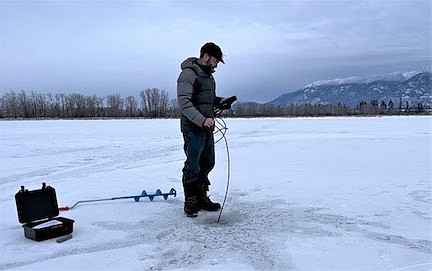Heavy ice and snow cover can result in fish kills in shallow waterbodies
When it comes to thick, snow-covered ice in wintertime, it’s possible to have too much of a good thing.
Especially in shallow, nutrient-rich ponds or lakes...
Become a Subscriber!
You have read all of your free articles this month. Select a plan below to start your subscription today.
Already a subscriber? Login



